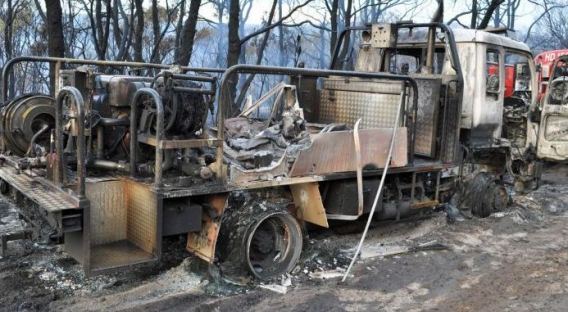More than 100,000 lightning strikes in South Australia
Thunderstorms over the last couple of days have blasted South Australia with more than 100,000 lightning strikes. One report says 173,000 strikes left 80,000 residents without electrical power. Firefighters are working on over a dozen fires on the Eyre Peninsula, Kangaroo Island and Fleurieu Peninsula.
Fire jumps Interstate 15 in Cajon Pass
A fire that started near Interstate 15 in Cajon Pass in southern California jumped the interstate and burned 350 acres at the last report. The Devore Fire began at 10:55 a.m. and was 5 percent contained by late afternoon, with full containment expected by 6 p.m. Tuesday. The fire is being fought by 450 personnel and required the evacuation in the Matthew’s Ranch area. More information is available at InciWeb.
Fuel filter being recalled after starting fires
A fuel filter used on diesel engines is being recalled after failures of the unit caused two fires. The California Air Resources Board announced that that the LongMile diesel particulate filter made by Cleaire Advanced Emission Controls is being voluntarily recalled after a second fire attributed to the device. The most recent fire burned three acres on August 4, but in September of 2011 another fire blackened 3,600 acres in Washington and cost $5.2 million to suppress. The initial attack on that fire was made by a group of nuns using buckets of water.






